Successful travelers are prepared travelers. They plan for what happens when things go wrong as much as they plan for things to go right. Because, in general, travel raises the stakes. Manageable situations at home can morph into the unmanageable when on the road and without a plan. And that’s especially true for medical emergencies that occur while traveling.
Some types of travel activities expose us to more risk than others. And it’s easy to think we aren’t at risk if we avoid dangerous activities. A snowboarding accident in a remote location conjures images of medivacs, Coast Guard helicopters, and Hollywood rescues. But primitive tent camping or RVing at a campground? Not as much.
Incidents on seemingly risk-free trips do occur. And these medical emergencies look different when far from help. So how do you best prepare for a medical emergency situation while camping, RVing, or traveling? Here we dive into unlikely situations we hope never to encounter as travelers. But if you do, now you have a game plan.
What makes medical emergencies while traveling different?
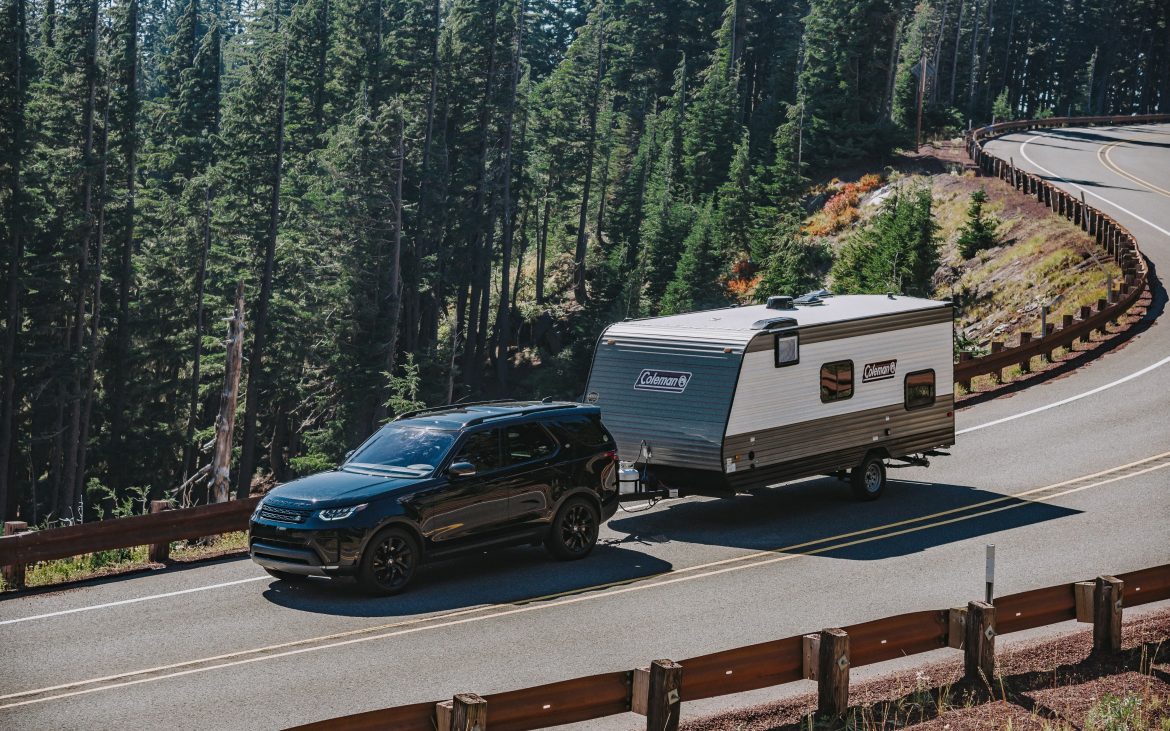
Photo by CWH
Medical emergencies happen even on family road trips and camping excursions, requiring a different approach than at home. You have to determine the distance from the nearest ER, pharmacy, or medical retail. You have to be prepared for weak or non-existent cell phone signal. And you have more things to consider when leaving a campsite in a rush, likely in an area you aren’t familiar with.
Consider a few of the following:
- If brought to a remote hospital, do they have adequate services to address your injury?
- If your RV or vehicle was left behind, how will it be transported home?
- What is it like to receive care from a hospital system you aren’t familiar with?
- What happens to friends, kids, pets, and equipment you leave behind in an emergency?
And once you do finally receive medical help, the cost of medical care gets more complicated, often including bills beyond your regular medical insurance coverage.
These after-event considerations are worth thinking through beforehand just as you think through in-the-moment emergency options.
What is a medical emergency while traveling?
Medical emergencies vary in degrees of severity — the amount of medical attention needed, the risk to life or limb, and the logistics required to receive help — and some incidents don’t qualify as medical emergencies at all. Knowing the difference can help you make better choices while traveling.
So how do you differentiate a medical emergency from a mild illness or injury? Medical emergencies have a few common qualities:
- Illness or injury
- Unexpected or sudden
- Life-threatening or risk permanent damage
- Requires medical attention or treatment
We don’t want to cry wolf when an incident can be quickly resolved with a First Aid kit. But it’s not always so cut and dry, and it’s generally better to err on the side of caution.
Consider the types of medical issues you might face at home and your approach. Scratches from a bike crash? Likely solvable with hydrogen peroxide and bandaids. A neck cramp? Probably a good idea to do some stretches, take an anti-inflammatory and consult a physical therapist. But a broken arm? Now that’s worth calling 911.
When traveling, those decisions become more difficult. When is it a medical emergency?
A medical emergency requires immediate action to prevent severe or permanent damage or death. And when you decide to seek medical help might depend on how far you are from the nearest hospital, fire station, or emergency transport.
The further you are from help, the longer it will be before you can receive assistance. How do you know when to raise a red flat and what action is required? It all changes depending on the scenario. Consider the following situations:
A moderate but worsening injury occurs, and you are hours from the nearest hospital, facing an increasingly dangerous situation the longer you go without help.
A mild injury occurs, and you decide to sleep on it and see if it improves. Upon waking, the pain is more intense but still manageable.
Each presents a middle-of-the-road situation. Regardless of the answers, you need to know what your options are. When facing a potential emergency situation, these are some of the main options you have in order of active to passive, severe to moderate:
- Call 911. It’s an emergency that requires immediate attention.
- Seek local medical assistance. What is the nearest hospital or ER you can drive to?
- Perform basic first aid on mild injuries. Is the injury solvable with a First Aid Kit?
- Monitor and observe for improvement. Watch for escalations or worsening conditions.
Time is an important factor when dealing with the health and safety of your traveling party, and you need to at least quickly be able to identify whether to call 911, seek local medical help, or monitor the situation.
Note: assume that calling 911 will initiate a rescue response. The trained professionals on the other end have systems in place to ensure you are brought to safety.
Types of medical emergencies
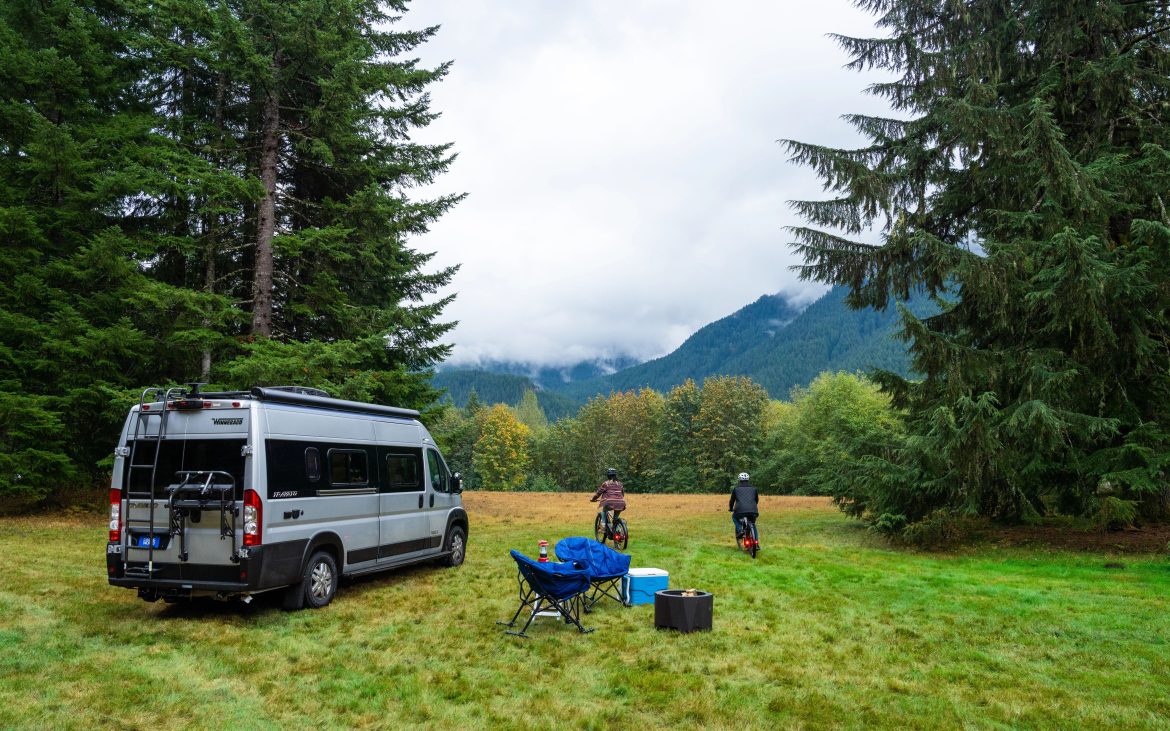
Photo by CWH
It’s not fun imagining what may go wrong on a trip — especially when it concerns the health and safety of you, your traveling companions, or your loved ones. But the trouble is less troublesome when you know what you might be up against and you prepare.
At the risk of over-simplifying the complexity of medical emergencies, we’re categorizing different types of emergencies you may face, whether hiking in the backcountry or camping at a campground.
Injury
Camping, hiking, and outdoor recreation inherently expose us to more risk. Most injuries we experience are mild, caused by everyday activity outside — scrapes and cuts, bruises and bumps.
But we also expose ourselves to elements that can be especially dangerous: open campfires, extreme terrain, potentially dangerous tools (hatchets, machetes, multi-tools), and significant weather changes. Consider the types of injuries you may face.
Mild
These injuries can typically be addressed with a First-Aid kit or might be left and monitored for natural improvement. These issues are not worth calling 911.
- Scrapes and cuts
- Mild sprains and strains
- Bumps and bruising
- Minor burns covering small areas.
Moderate
Moderate injuries require using First-Aid, and while they don’t often require calling 911, they can escalate or require medical attention depending on other factors.
- Small punctures (nail, metal, screw)
- Sprains and strains
- Significant burns like a 2nd degree burn
- Deep cuts or bleeding wounds
Serious
- Third degree burns
- Broken bones
- Excessive bleeding
- Head trauma (unconsciousness)
Illnesses
An empty or lost prescription, food poisoning, running a fever — these problems aren’t necessarily emergencies at home, where you can access medicine or get immediate attention. When traveling, illnesses like these can quickly become medical emergencies depending on the situation.
Unknown
Falling sick during travel is worse when you aren’t sure what type of sickness you have or how serious it is. Many travelers who experience mild symptoms are still more likely to continue traveling before seeking medical attention. So which symptoms indicate a more serious problem?
Consider these warning signs which are indicative of gastrointestinal sickness which can lead to dehydration, a very serious risk when traveling:
- Prolonged fever
- Vomiting
- Nausea
- Cramping
- Abdominal discomfort
- Persistent gut pain
Chronic illnesses
Over 65% of Americans use some type of prescription medicine. Antihypertensive medicines (blood pressure) are one of the most common. And many others are imperative to take once prescribed. If you or anyone in your party requires a prescription but their medicine is lost, damaged, or used up, this constitutes a form of a medical emergency.
Labeling an injury or illness as serious when traveling means considering all the potential risks should the problem be ignored. And that means if a moderate sickness or an injury might worsen anytime soon, your best option is to seek help.
Types of emergency response
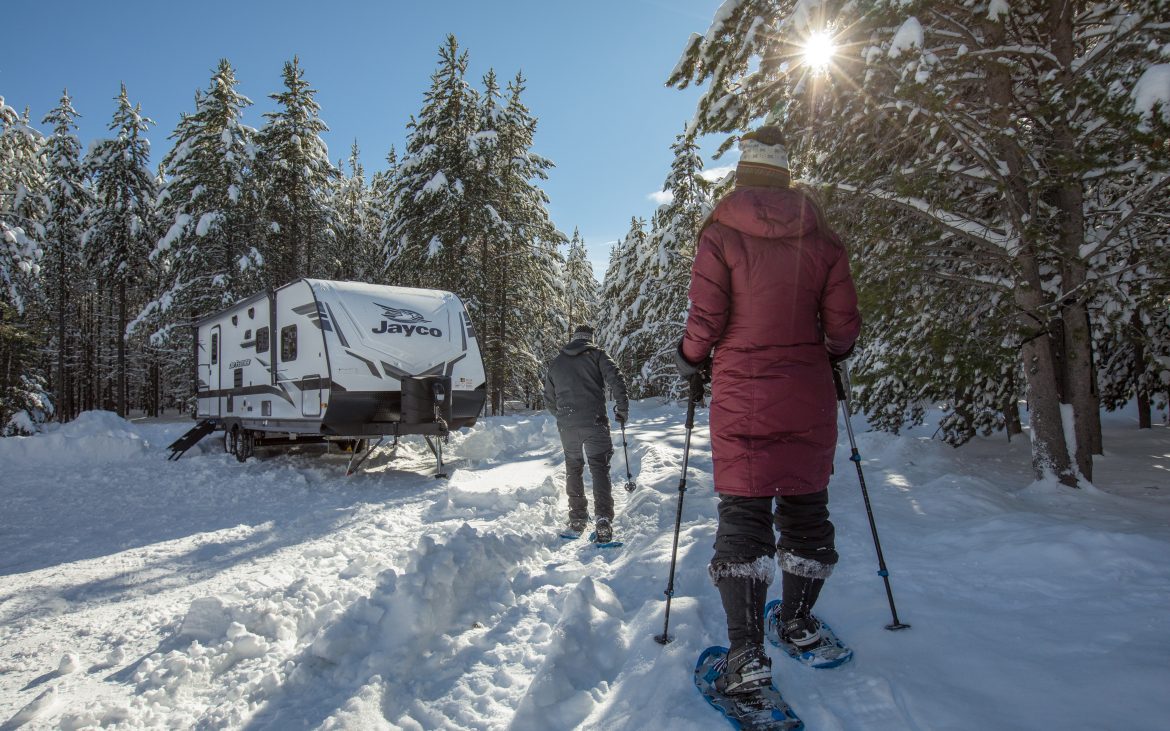
Photo by CWH
Whether you call 911, drive to the nearest ER, or seek a doctor’s help on a plane, the primary response to any medical emergency is to find help. This means you’ve escalated the situation beyond monitoring and now believe
For travelers camping, RVing, boondocking, or going over the road, the two main types of response to an emergency are calling 911 or self-transporting to an ER or hospital.
Calling 911
Once you call 911, assume that you’ve likely initiated a rescue. Rarely will a 911 call for a medical emergency be resolved without at least an ambulance arriving to your area. This isn’t to dissuade you from making a call, but it’s important to know what will happen once you call 911. And for that reaso,n it’s good to have a few things prepared before calling.
- Know your location as best as possible, including GPS coordinates if in a remote location.
- Have information ready about the injured, sick, or affected person, like age, medical history, etc.
- The nature and severity of the injury, as best as you can tell.
It’s also helpful to have some standard reasons for calling 911. This basic categorization will help you make tough choices in an emergency. The list below isn’t comprehensive, but here are a few drop-of-the-hat reasons to call 911 in a medical emergency:
- Someone is having trouble breathing – This could be caused by an illness, injury, reaction, or asthma.
- Signs of a heart attack – Chest pain, pain in the back, neck, or jaw, or light-headedness.
- Loss of consciousness – Any loss of consciousness or unresponsiveness for more than one minute.
- Accident causing a severe injury – Car crash, significant fall, an injury caused by a hazard.
Self-transport
Given the seriousness of a 911 call, there might certainly be instances when you will face a medical emergency that requires medical attention, but you can transport the injured or sick person to the ER directly. But what are the factors involved in deciding? This is especially important to know when the nearest hospital might be hours away.
Not that you should ever allow cost to factor into a decision when it comes to the health and safety of your crew, but some of these options incur significantly more costs than others, specifically when it comes to relying on professional medical evacuation services like a helicopter or ambulance. You want to make sure you make the right decision.
Below are the guidelines from the American College of Emergency Physicians for when you should call an ambulance. Consider how these might apply when camping at a remote or rural location.
- The injury or sickness appears to be life-threatening
- Their condition could get worse or become life-threatening on the way to the hospital
- The injury or illness requires skills or equipment from paramedics or EMTs.
- Moving the person could cause additional injury.
If you’re not sure what constitutes driving to the ER or Urgent Care yourself or calling an ambulance, review how to weigh individual issues.
How to get help

Let’s identify another barrier that could impede your ability to get help quickly in an emergency medical scenario: contacting medical help in remote locations.
While cellphone service is readily available in urban and populated areas, the further you travel away from these epicenters, the worse your cell signal. And when 911 is one of your primary ways of gaining help, cell signal is important.
Consider the following tools designed to help travelers communicate in areas where cell service and Wi-Fi aren’t readily available or always trustworthy.
Cell Signal Boosters
There is still a significant lack of cell service the further one travels from populated areas. Cell signal boosters are a helpful tool to improve your cell signal.
Note: you need at least some signal for these to perform. They don’t generate cell service but amplify your reach. Make sure to double-check that the booster you purchase is compatible with your service provider. Most are, but it’s worth confirming before purchase.
Satellite Messenger Devices
When it comes to remote travel and backcountry hiking, a cell phone won’t be a sufficient emergency contact device by itself. Plain and simple. A signal booster can help with your RV in some locations, but it’s best to carry an independent communication device for emergencies, such as a satellite messenger device.
These allow a certain amount of text communication with loved ones or rescue authorities, or both, depending on your plan. Often, these devices are subscription-based and will determine how much communication you can have from these devices. But they are especially helpful for backcountry hikers to stay in communication or alert authorities if an emergency occurs.
Personal Locator Beacon
This small device uses satellite communication to send distress signals to rescue agencies in the event of an emergency. This is a reliable tool — sending your GPS coordinates to help rescuers locate your position — especially because the lithium-ion battery is only activated when you turn it on and can last for years.
Unlike a satellite communication device, the PLB can only transmit your location. You will be unable to communicate the nature of the emergency. But the only time you should alert authorities with a PLB is if you face dire, life-threatening situations.
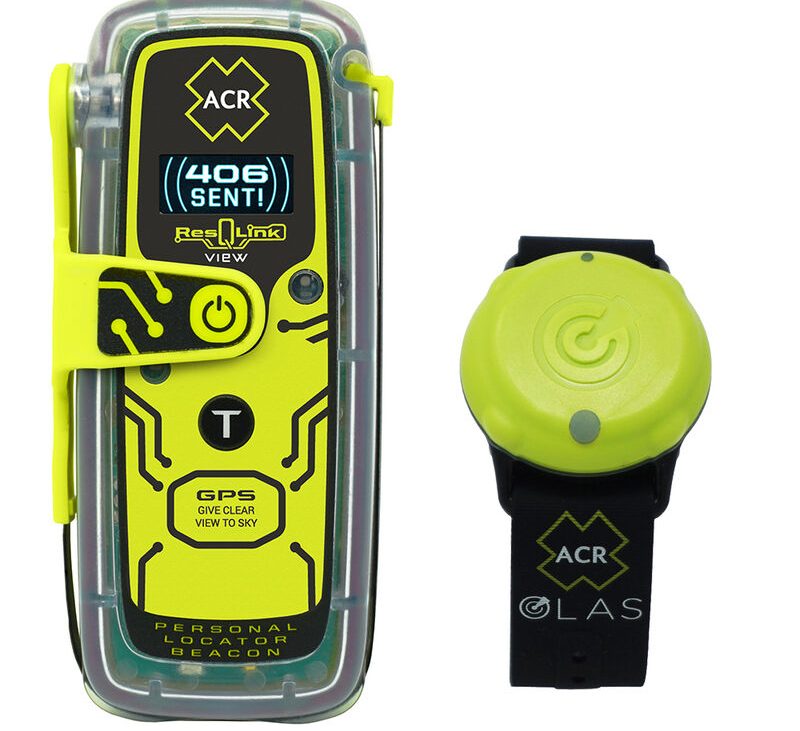
Photo by Camping World
The expense and logistics of medical emergencies
Consider some of the factors that make a medical emergency while traveling different than experiencing one at home.
- An unfamiliar hospital that might not have the capabilities, patient information, or specialists as your provider at home
- Fellow travelers to consider and possible dependents
- Your family, if not traveling with you, won’t be immediately available for support
- The responsibility of getting your RV or vehicle home
Matters become more complicated when you are traveling, and the headache of figuring out the details — and the added expenses — can weigh on an already stressful situation.
Travel assistance programs are designed to help alleviate many of the uncommon expenses and logistics associated with an emergency while traveling. While these programs mitigate medical costs not covered by health insurance, they also provide invaluable assistance coordinating the help you need in an emergency so you don’t have the added stress.
Costs
Medical emergencies can incur significant costs, especially when remote rescue or travel is included. Your medical insurance is likely to cover the vast majority of these costs — especially when it comes to the medical care you receive at the hospital. But there are man
Consider some of the unique requirements you might face in a medical emergency. For example, not all hospitals offer the same level of care, and there are specialists and procedures you won’t be able to see or receive when brought to some limited, remote locations. This will require transportation to another hospital, and that expense is likely not covered by your regular health insurance.
These bills can be steep and can add up to significant costs.
To make matters more complicated: the ER or hospital isn’t necessarily the end of your emergency. Once you receive care and are ready to return home, you will need to arrange transportation home, which might require special accommodations depending on your location and injuries. Flights like these can be a real financial burden, even for a regular flight.
In other scenarios, you or the patient might need to be transported to a rehabilitation center to go through physical therapy or other follow-up care, and health insurance typically doesn’t cover this cost.
Logistics
Following an injury, consider the need, expense, and logistics of returning your RV or vehicle home. Depending on the nature and severity of your injury — and the location of your vehicle — this can be a costly, involved process. While your health is paramount, it’s no small matter to transport your rig back home, especially if you consider how far that distance might be.
Especially if your injury is more serious, it might be some time before you are healthy enough to return yourself, and in that case you have the added stress of coordinating the logistics of returning your rig. Even with a friend or family member, this can be an added strain.
But now that we’ve identified some of the costs and logistical concerns, we can explore how travel assistance plans are designed to alleviate these concerns for travelers. For some, a travel assistance plan might feel like overkill when it comes to risk preparedness, but for those who have ever experienced a medical emergency without this kind of risk mitigation package, it’s an easy decision. Let’s explore what you should consider and shop for when you choose a travel assistance plan.
Good Sam TravelAssist plans for different types of travelers
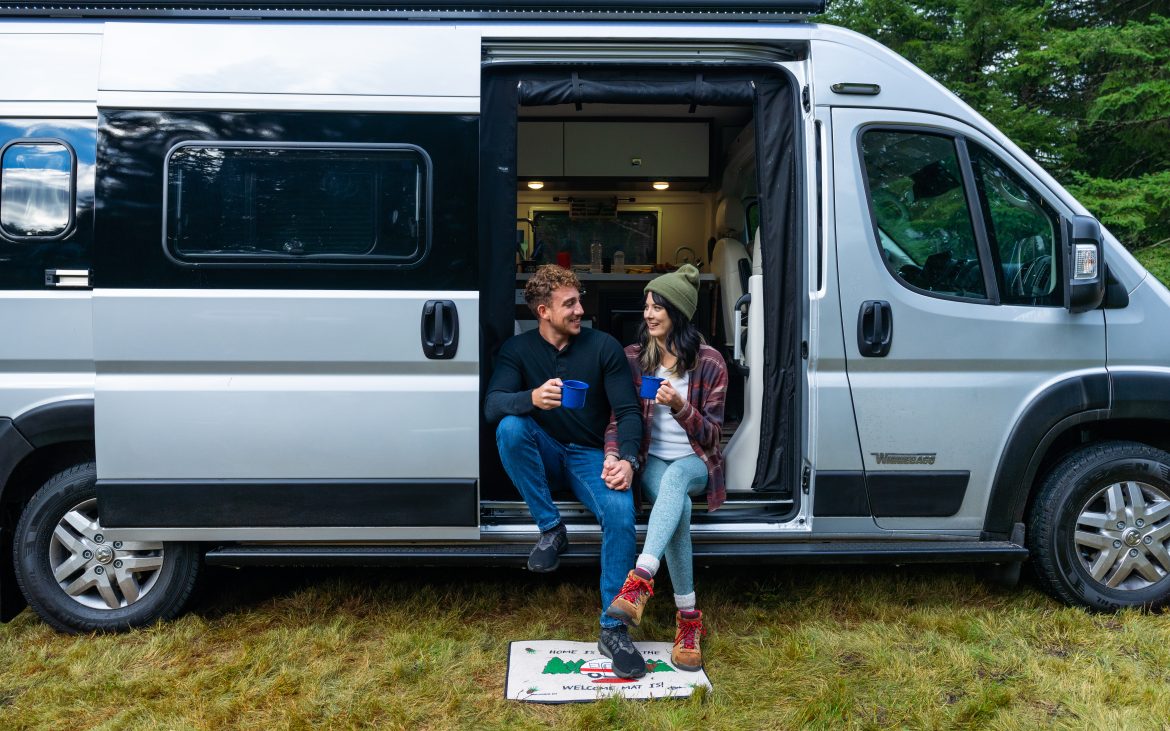
Photo by CWH
Not all travel assistance plans are built alike. Make an informed decision in specific situations by having a clear understanding of what your plan provides so you aren’t surprised when you experience a medical emergency while traveling and don’t have the coverage you thought.
The benefits of a travel assistance plan are both qualitative and quantitative, saving you money but also relieving you from having to coordinate added components, like transferring medical records, prescription fulfillment, finding the right medical specialists — or coordinating an interpreter, even.
Good Sam TravelAssist offers multiple plans to ensure travelers are paying only for services they are likely to need. For example, Good Sam provides plans broken down into the following categories of coverage based on who you might be traveling with:
- Individual – For those traveling solo (or only need personal coverage)
- Couple – Covering you and your spouse
- Family – Spouse and dependents under 19
- Family + Pets – Spouse, dependents, extended family, and pets
Plan details for each plan cover the specific ways travelers can make use of their Good Sam TravelAssist. For example, there’s a big difference between a plan that provides boarding assistance to a pet if you are unable to act as their caretaker in a medical emergency and one that doesn’t, and this extra detail could weigh on your decision-making process when you find yourself deciding how to proceed with an injury for you or a fellow traveler.
This comes back to the idea of preparedness: understanding your needs and responsibilities as a traveler and how they change when confronted with a medical emergency on the road.
The post What Travelers Need to Know About Medical Emergencies appeared first on Good Sam Camping Blog.
By: Carl Corder
Title: What Travelers Need to Know About Medical Emergencies
Sourced From: blog.goodsam.com/what-travelers-need-to-know-about-medical-emergencies/
Published Date: Tue, 31 Jan 2023 10:13:53 +0000
---------------------------------------------
 CampingSurvivalistHuntingFishingExploringHikingPrivacy PolicyTerms And Conditions
CampingSurvivalistHuntingFishingExploringHikingPrivacy PolicyTerms And Conditions
